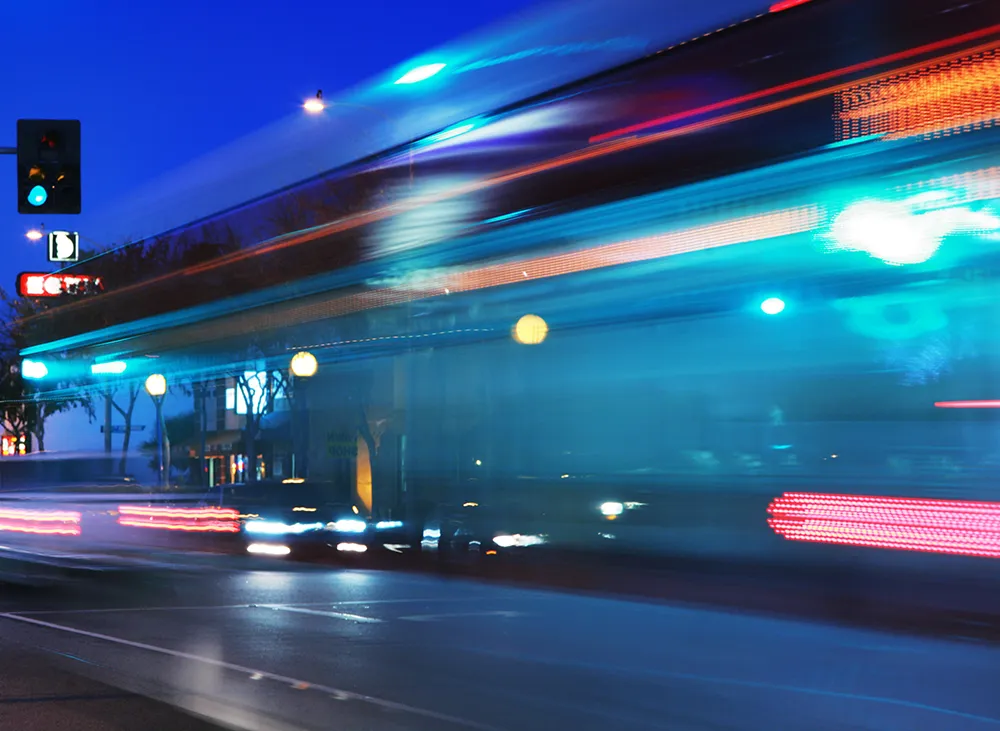
“We’re showing for the first time how you can take the value of rich sensor data coming from a vehicle and use it to do things that positively impact safety and efficiency,” Alex Mangan, Here’s product marketing manager for connected driving, told The Daily News.
“To make the most of connected systems and eventually automated systems, we all as an industry need each other.
"The cars need sensor data, and with this kind of agreement, for example, a Toyota vehicle could have an understanding of what the Range Rover car saw down the road, if everyone's involved."
“It’s an interesting time, because every single OEM knows that in order to do the things they want to do, they need to share data,” he said . “If more brands are willing to collaborate around data, the growth in available data will create a global cloud of information that, once normalised, will essentially act as an Internet of Things (IoT) for the automotive world.
“We don’t want to take over the world here, we want to help people put location context into their services. Since understanding location is quickly becoming more and more important for so many devices, we’re sitting at the crux of such a unique time on this planet,” said Mangan. “Our ambition is that we can help make this world a safer, more efficient place, as well as more technologically relevant to people.”










